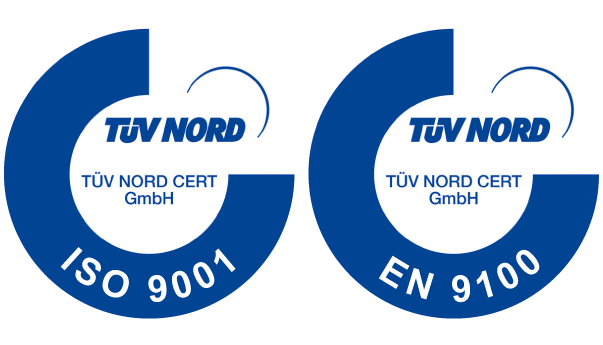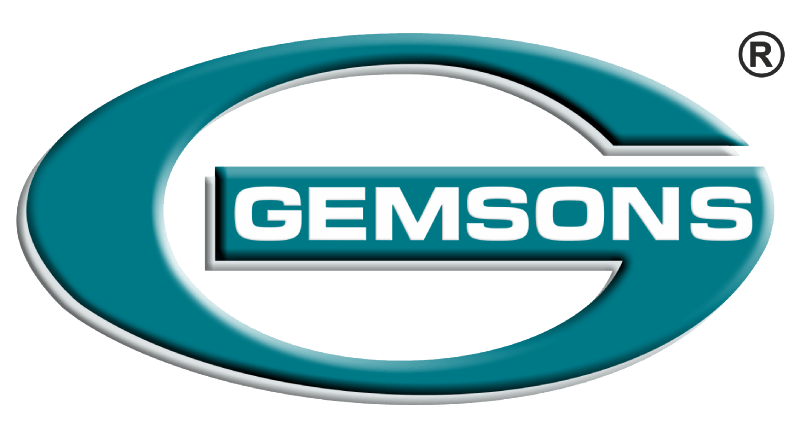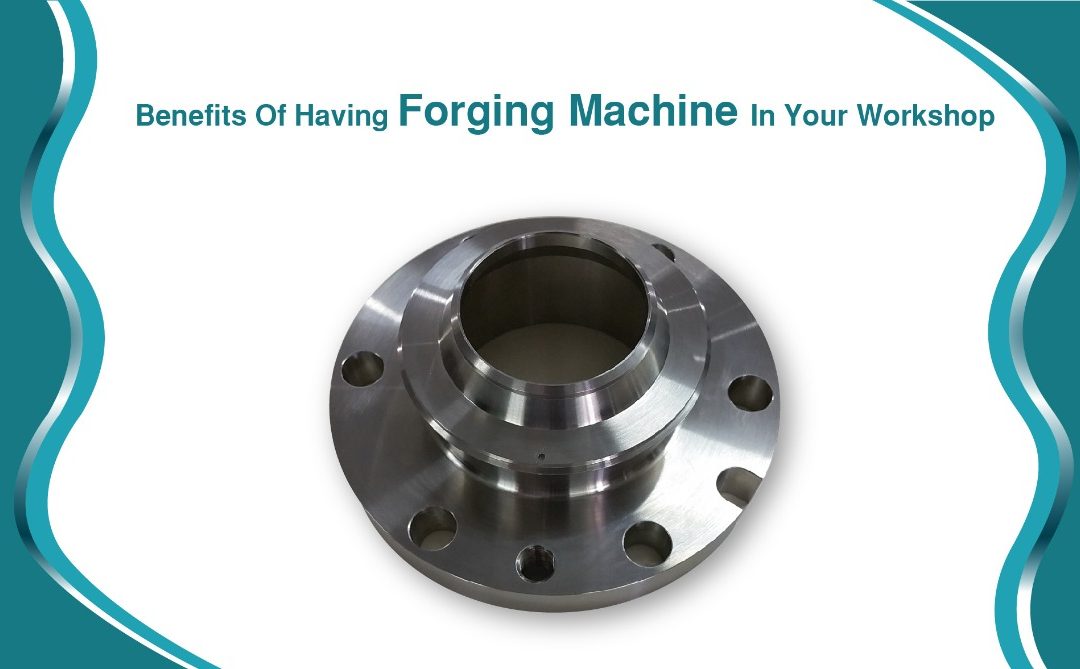Forging is a manufacturing procedure where the shape of a heated metal changes by applying external force. Mainly, heated metal is highly advisable during forging machining since it is much easier to reshape a heated material than a colder one. But, cold metal is also used, but it won’t be that easy to shape the material. The forging machining process is based on the natural properties of metals. However, when the metal is cold, these properties are fragile. Therefore, it is heated to a temperature of over 1000° C for the metal to become ductile. The art of heating metal is very complex and delicate. The operator knows that different grades of steel (or other alloys) require different temperature conditions.
Types of Metal Forging
Basically, there are two types of forging. They are
- Drawing out
- Upsetting
Drawing out entails elongation of a metal which results in a decreased cross-sectional area.
Upsetting mainly entails increasing the cross-sectional area of the metal, which reduces the length of the workpiece.
Benefits of Having a Forging Machine
- Increase in strength
During forging machining, the metal structure is compressed, creating reduced stress on the fillets and corners. This, in the long run, increases the strength of the piece.
- Reduces the defects
Metallurgical defects like alloy segregation and porosity reduce during forging. This, in turn, lowers the time for machining the completed material.
- Saves on costs
Forging machining saves a lot of costs. It saves on the raw material used, reduces machining time and the reclamation of the die material. Therefore, you won’t spend a lot on material since raw material can be used again.
- High productivity
Forging presses comprises a wide tonnage ranging from hundreds to thousands with working strokes every minute of 40 or 60, which is 40 to 60 parts each minute. Forging machining can be used in the mass production of rivets, nuts, screws, bearing races, brake levers, valves, etc.
5. Gives complex designs
It is undoubtedly true that forging machining produces the unique designs you want. During forging, complex and complicated designs having excellent accuracy are produced. Besides, deep protrusions with high thickness can be produced. Draft angles are also eliminated by design.
- Ease of use
An essential advantage of these devices is their ease of use. Manufacturing operations can be carried out by a specialist of any qualification with basic skills in handling industrial equipment. The drives of the machines are designed so that the deformation of the rolled metal is not time-consuming. This moment ensures the accuracy of forging and obtaining products of a given geometry.
Forging machining is carried out with steam-air, pneumatic hammers. The simplest steam-hammer consists of a massive frame in the upper part of a cylinder and a piston that moves up and down. At the end of the piston, there is a rod to which a hammer is attached.
Having a forging machine in your workplace is beneficial. It will lead to higher productivity and also the designs produced are excellent.



Recent Comments